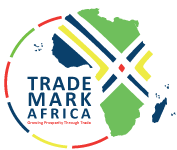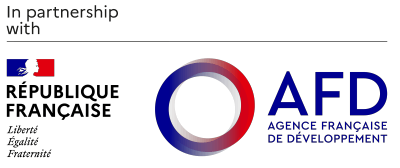[vc_row][vc_column][custom_inner_menus select_menu="project"][/vc_column][/vc_row][vc_row][vc_column][single_project_block_1 heading="Goli One Stop Border Post" implementor="Ministry of Works and Transport (Construction) and Uganda Revenue Authority (Operationalise OSBP)" target_group="Importers, Exporters, Transporters, Cross Border Traders, Travellers, Border Officials" project_value="USD 2.5 million" implementation_period="2018- 2022" download_btn_text="Download Project PDF" download_btn_link="https://www.trademarkafrica.com/download/58532/"]The Goli/Mahagi border between Uganda and DR Congo is characterised by dilapidated infrastructure and border inefficiency which results in a poor environment for handling and processing goods and people. DR Congo is key trading partner for Uganda, with a significant amount of manufactured goods being exported to DR Congo. Furthermore, informal trade between Uganda and DR Congo is high, in FY 2017/18 DR Congo was the main informal partner with total informal export trade of USD 291.48 million. DR Congo has also expressed interest in joining the East African Community which will further strengthen its ties with Uganda and the EAC region. What: The project will address the challenges at the Goli/Mahagi border by constructing a one stop border post, implementing an integrated border management system including procedural and regulatory reforms How: TMA, with funding from the United Kingdom Foreign, Commonwealth and Development Office (FCDO), is financing the construction of the Goli OSBP and the integrated border management system. Contact: Programme Manager OSBPs: Michael Ojatum michael.ojatum@trademarkea.com Click here to learn more about One Stop Border Posts Program[/single_project_block_1][/vc_column][/vc_row][vc_row el_id="desired-result"][vc_column][single_project_block_2 heading="Desired Results"]The project is expected to: Upgrade the Non-Tariff Barrier monitoring and reporting system. Increase identification and resolution of Non-Tariff Barriers Strengthen the National Monitoring Committee [/single_project_block_2][/vc_column][/vc_row][vc_row disable_element="yes"][vc_column][project_single_ele_3_container heading="More Project Insights." sub_heading="Projects Highlights From A Glance"...
Goli One Stop Border Post
Posted on: February 18, 2021
Posted on: February 18, 2021
















